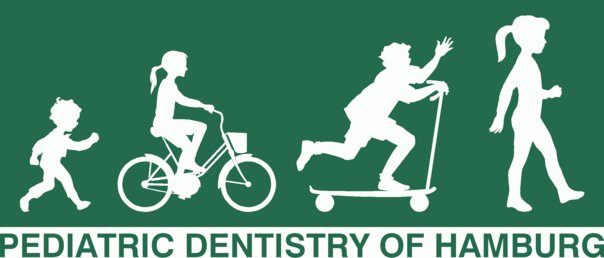NUMBING POST-OPERATIVE CARE
Your child’s lip, cheek, and/or tongue will be numb or “asleep” for about 2-3 hours.
After local anesthesia is used, your child may accidentally chew on his or her lip, cheek, or tongue to the point of injury. During that time, monitor your child and do not let them bite, scratch, or pick at these areas.
Follow these instructions if your child bites his or her cheek, lip, or tongue:
1.
Once the initial bleeding stops, the area will likely turn whitish in color. Do not be alarmed – this is normal and not a sign of infection. These areas of the mouth often heal very quickly.
2.
Apply an ice pack over the area during the first 3 days if there is swelling. Place the ice pack on the area for 15 minutes and remove it for 15 minutes. Repeat this process for 1 hour, 3 times a day.
3.
Give your child Tylenol or Motrin over the counter as directed per the manufacturer’s label for pain.
Please contact us if the wound is not healing in 5-7 days or if it seems infected. Signs of infection include continued swelling, drainage, and/or redness.
If the area won’t stop bleeding and/or if the injury is significant, call the office so that we can further assist you.
WHAT TO DO
IN AN EMERGENCY
Here are some helpful guides to oral issues your child may experience and suggestions on steps to take.
TOOTHACHE
CUT OR BITTEN TONGUE, LIP OR CHEEK
KNOCKED OUT PERMANENT TOOTH
KNOCKED OUT BABY TOOTH
CHIPPED/FRACTURED PERMANENT TOOTH
CHIPPED/FRACTURED BABY TOOTH
IMMEDIATELY GO TO THE EMERGENCY ROOM IF YOUR CHILD EXPERIENCES THE FOLLOWING
-Severe Blow to the Head: Call 911 immediately or take your child to the nearest hospital emergency room.
-Possible Broken or Fractured Jaw: Keep the jaw from moving and take your child to the nearest hospital emergency room.

